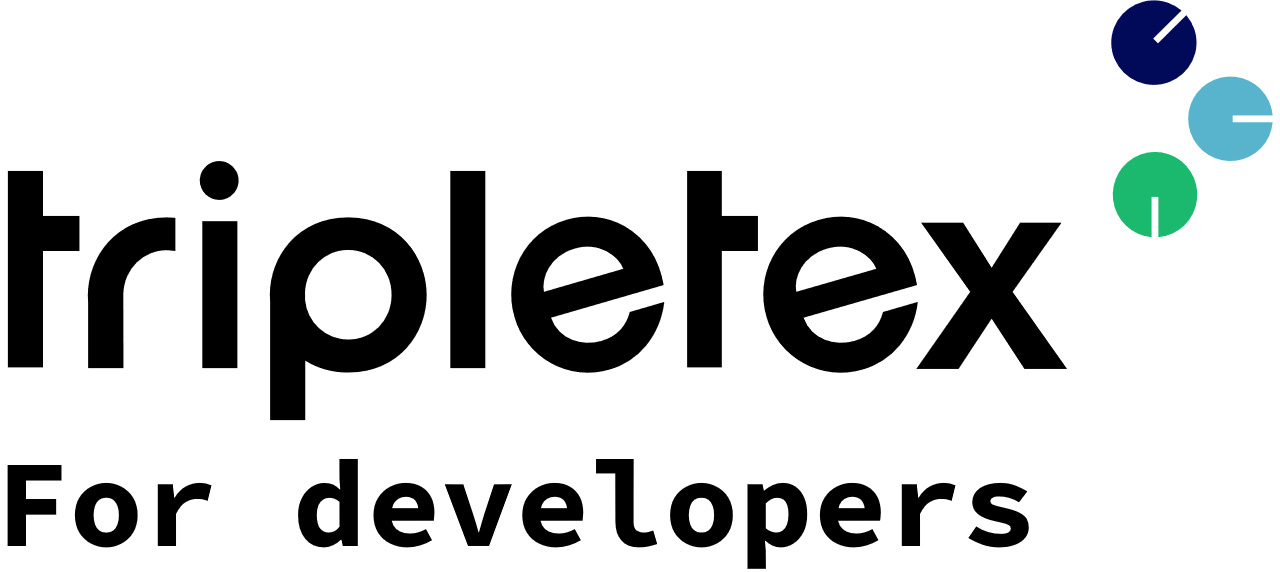Minimize your requests
To keep your requests as quick as possible, try to use fields to only fetch the data you need. For example for GET customer, if you only need the name and invoiceSendMethod you can do fields=name,invoiceSendMethod. This way you save on bandwidth and processing power on both ends.
Support
Avoid directing your end user to Tripletex support regarding an issue with your integration. The end user and the customer has little to no access to logs and Tripletex customer support will most likely not be able to give support if the issue lies with the request or your integration. Having them request support on your behalf will most likely cause delays in resolving the issue.
As an integration developer you should gather request ID, request body and response body if relevant and forward the request to us via the developer support pages here.
Errors
Present your user with the error response from Tripletex, including the error code and developer message in addition to your own (if any). Also log this error in an area where the user can access it and if necessary forward it to you. If you are unable to resolve the issue based on our errors please get in touch with our support via the contact form for developers.
Syncing data
To avoid causing unnecessary traffic in your integration as well as towards our API, we recommend that you do an initial sync of the data you need. After this you should utilize webhooks for updates/changes to objects instead of polling via GET-endpoints.
We are working on a better solutions to make sure your integration has fresh data from Tripletex. Using checksum might also help here.
